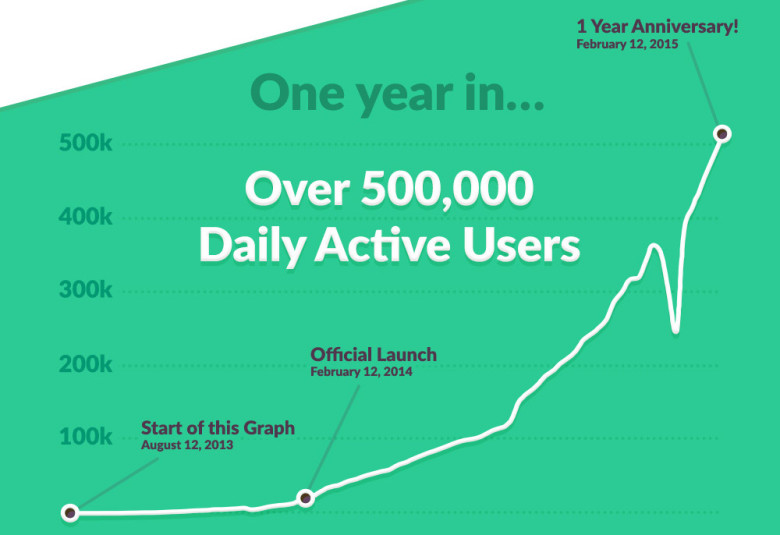Growth Hacking vs. Growth Marketing. Today we’re start off by defining the differences between growth hacking and growth marketing. What is Growth Marketing? Or better optimize your customer experience with improvements to retain more users and encourage sharing. This highlights how product and customer experience retains users on value alone. What are Pirate Metrics? The model is broken down into these 5 customer lifecycle stages – Acquisition, Activation, Revenue, Retention, and Referrals. Look to new leads, email subscribers, downloads, and product sales as your metrics. And if something doesn’t work, move on to the next experiment. Growth automation is any campaign that full funnel marketers use to increase customer lifetime value.
Lots of Englishmen move from dreary ol’ England to warmer climates. However, none but one of these expats has ever become the most notorious and celebrated pirate in all history.
Meet Edward Teach. He’s just relocated to Jamaica with his family and begun working as a shiphand in the nearby port. He’s really loving it. The warm breeze on his face is pleasant and his sea legs are sturdy.
After enlisting in the Royal Navy, he sails through the Queen Anne’s War of 1716 without a scrape. After a few more years, he becomes a privateer and gets a taste for obtaining pricey mercantile goods via irregular means.
Within the next year, Teach commits numerous acts of piracy. The taste of plunder suits him nicely. Soon he’s overtaken a massive vessel of his own, renamed it the Queen Anne’s Revenge, and outfitted it with 40 cannons and guns.
He and his crew are the scourge of the English Navy and seafaring merchants for years. Now a man, Teach sports a massive beard and an overall fearsome appearance (he’s rumored to light cannon fuses from his captain’s cap during raids on unfortunate ships).
Today we know this historical buccaneer as Blackbeard the Pirate. You may recall Johnny Depp’s character in Pirates of the Caribbean?
Yep, same guy. And like Jack Sparrow, Blackbeard was – gasp – a peaceful pirate. His crews all served voluntarily under his renowned leadership and he never once took a life, preferring intimidation tactics to force.
Cool pirate story, right?
Here’s the turn: growth hackers have much in common with Blackbeard the Pirate. Both use unconventional tactics to achieve their goals, both are rapidly effective, and no one gets hurt. Quite the opposite: loot! As marketers, our job is to captain our brands to growth. And growth hacks are like pirate tactics for those who choose to accept it.
Today we’re start off by defining the differences between growth hacking and growth marketing. These terms have been floating around for some time now, and since both are effective models, they deserve some clarification before being put to good use.
I’ll also introduce you to growth automation, the analytics framework pirate metrics and show you a process for using these strategies at your own company.
Ultimately, our discussion will center around how to create and align customer-centric initiatives that focus on customer retention, growth, and high customer lifetime value.
Shiver me timbers, let’s start already!
What is Growth Marketing?
Growth marketing is the practice of building campaigns and tactics that improve the entire customer lifecycle. Moving beyond traditional marketing metrics around Awareness and Acquisition they are also focused on technical projects deeper in the customer experience that improve Product Onboarding Flows, Viral Loops and Pricing Plans.
Here’s some stats to help you out:
- If a typical SaaS business loses 2-3% of their customers each month to churn, they must grow by at least 27%-43% annually to maintain the same revenue. (Source)
- 79% of leads never convert into sales due to poor performance, nurturing, and/or engagement. (Source)
- Reducing churn rate by 5% can increase profitability between 25-125%. (Source)
- Existing customers are 50% more likely to try new products and spend 31% more when compared to new customers. (Source)
- Loyal customers are worth up to 10x as much as their first purchase, on average. (Source)
- The lifetime value of a referred customer is 16% higher – Wharton School of Business (Source)
“Growth” itself can be understood as a fusion of marketing, product, and engineering. This blended concept becomes important when we consider that growth marketing – unlike other marketing strategies – focuses upon the entire funnel rather than just the top.
Thus, having not only marketing tactics, but product developments, and engineering savvy on your side enhances your ability to affect change throughout the entire funnel with a diverse array of activities.
For example, you could release a new product feature to attract growth. Or better optimize your customer experience with improvements to retain more users and encourage sharing. At the core, growth marketing means taking a step back and considering your full funnel and being selective and streamlined about how you appeal to your best customers.
Sean Ellis and Brian Balfour have long championed the growth marketing movement, and both endorse “high tempo testing” – a methodology of launching new experiments regularly and at a high frequency to quickly determine winning initiatives.
To do this set a goal, then brainstorm how to accomplish the goal, predict an outcome, measure the outcome and change your course depending upon the results.

Slack’s meteoric growth testifies to growth marketing done well. Having found a pain point in team communication and collaboration, the platform focused upon delivering…

COMMENTS